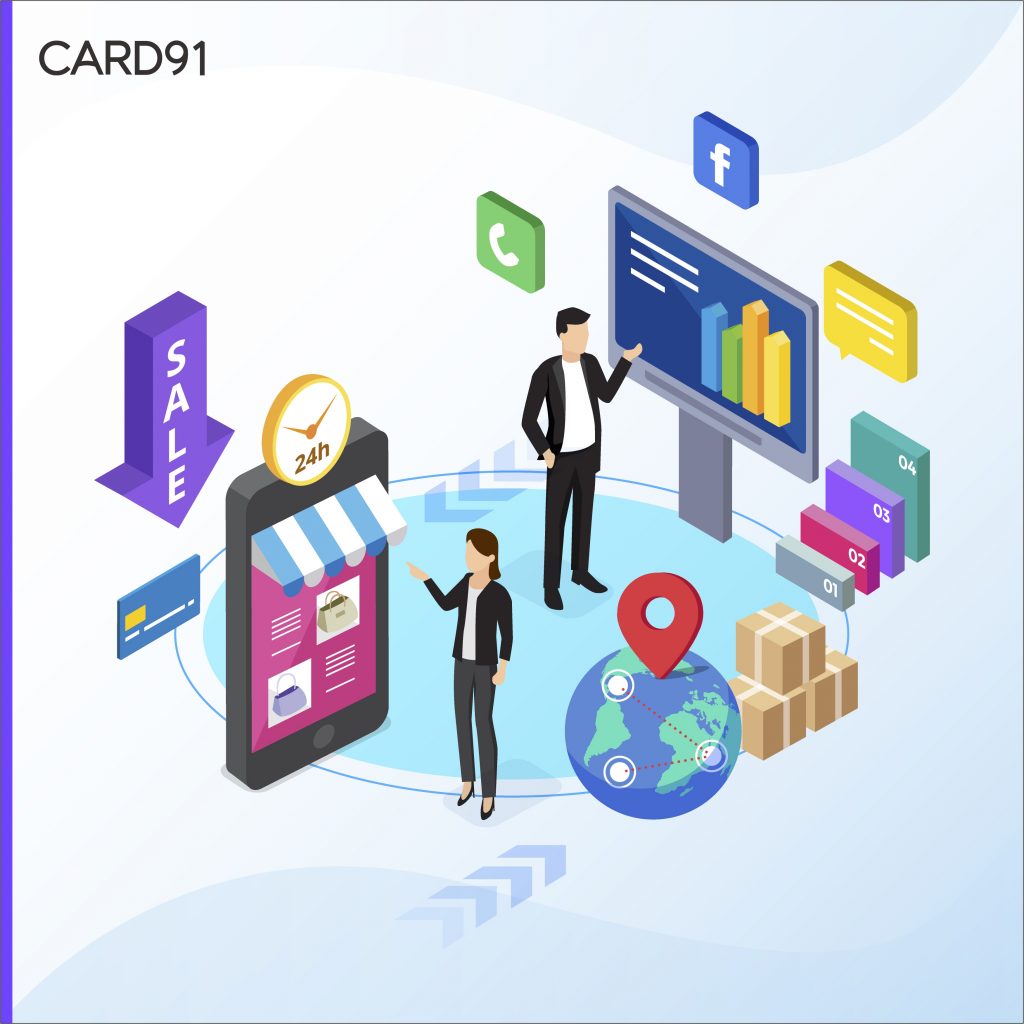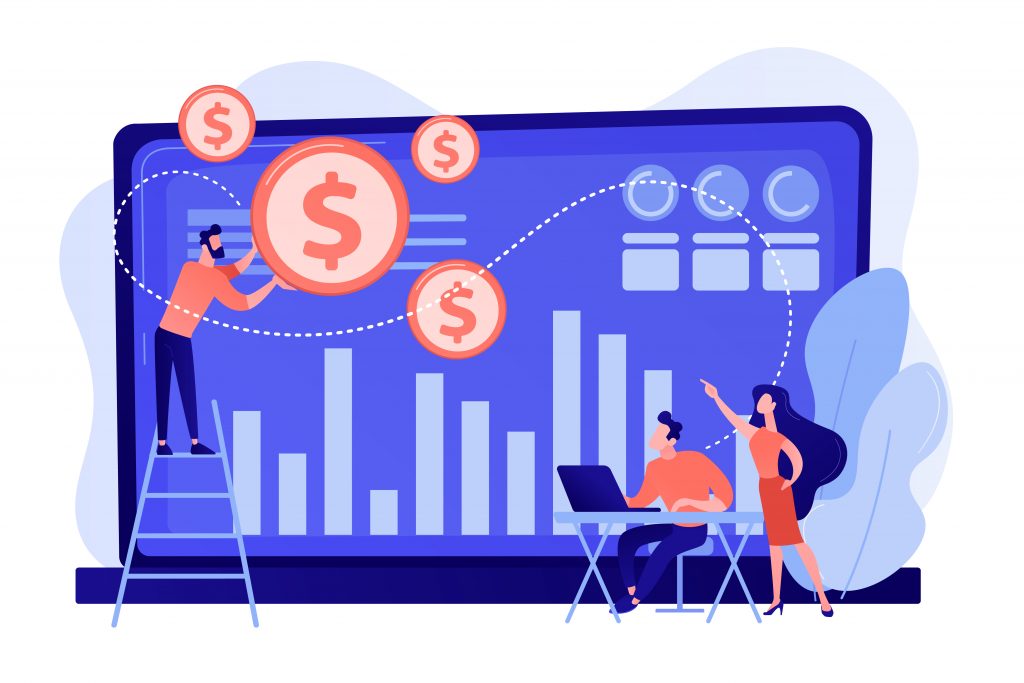Assisted Commerce – Accelerating the growth of Digital Payments in India

India’s e-commerce sector has grown significantly over the past few years and is expected to grow multifold in the coming years. The growth has been driven by increasing internet penetration, rising smartphone adoption, and the growing popularity of online shopping among consumers. The D2C and B2B segments have seen significant growth due to the increasing […]
Embedded Credit – A great lever for B2B e-commerce platforms

Merchants & retailers rely on credit to run and grow their businesses and expand their customer base. Easy access to credit, facilitated by embedded finance, enables merchants to purchase more stock, widen their product portfolio, respond to fluctuating demand, buy high-value SKUs (which could be slow-moving), and increase the space and assets in their store. […]
THE ALCHEMY OF PAYMENTS BY-PRODUCTS- DATA MONETISATION

What is data monetization? Data Monetization refers to the process of using data to obtain quantifiable economic benefits. Earlier, payment providers were making money from the fees charged to merchants for accepting payments from their customers. But data monetization has become a new business model which generates customer insights from data via advanced analytics […]



